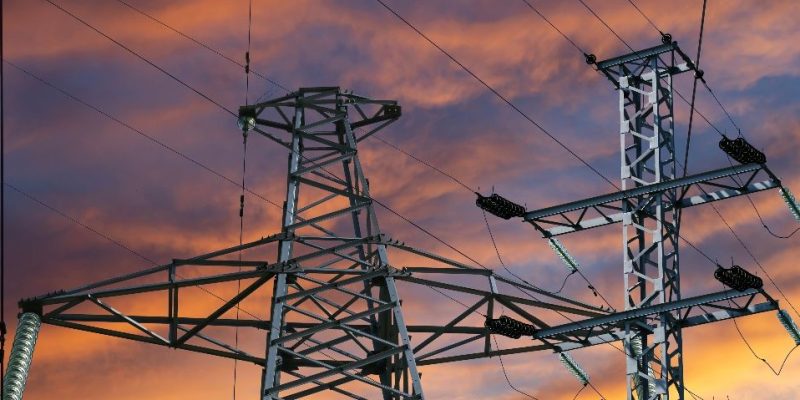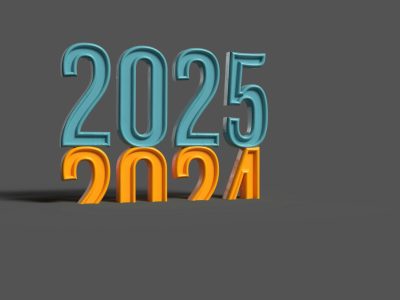
Electricity rates across the United States are poised to rise again as utility companies push for significant increases to fund crucial infrastructure upgrades.
These hikes come amid growing concerns over the reliability of the electric grid, severe weather patterns, and regulatory demands for decarbonization.
With utility regulators from various states convening to discuss these rate adjustments, the financial strain on consumers is likely to intensify.
According to the US Energy Information Administration (EIA), electricity rate increases have been escalating over the past few years, driven by the need for utilities to adapt to extreme weather and meet decarbonization goals set by state and federal regulations.
In 2023 alone, state regulators approved $9.7 billion in net rate increases—more than double the $4.4 billion approved in 2022.
The overall financial landscape reveals a staggering $10.3 billion in permitted rate increases, with only $0.6 billion in rate cuts.
A significant portion of these increases has been attributed to California, where Pacific Gas and Electric (PG&E) and Southern California Edison are investing heavily to fortify their grids against wildfires.
This, however, reflects a national trend where utilities across the US are seeking more funding to ensure grid stability in an increasingly volatile climate.
Why utilities are pushing for rate hikes
Electric utility companies argue that these rate hikes are essential for maintaining and improving grid reliability, especially as climate change leads to more extreme weather events.
Major investments are needed to strengthen transmission and distribution lines to withstand such challenges.
Additionally, with the rise of clean energy mandates at both the state and federal levels, utilities must prepare for the increasing electrification of systems as part of the broader goal of decarbonizing the power sector.
From January 2023 to August 2024, 58% of the net rate increases requested by electric utilities were approved by regulators, according to S&P Global Market Intelligence Capital IQ Pro.
This approval rate indicates that total rate increases in 2024 could reach $8.9 billion when adjusted for inflation to 2023 dollars.
This trend reflects the urgent need for investment in grid infrastructure as utilities brace for future challenges.
What is the role of state utility regulators?
In most states, electricity bills comprise several components, each scrutinized by state utility regulators.
These components include generation rates from competitive energy suppliers and regulated delivery charges that cover the cost of transmitting electricity through distribution networks.
When regulated investor-owned utilities (IOUs) foresee future expenditures exceeding current revenue, they petition state regulators for rate increases, often citing the need for infrastructure improvements.
State regulators evaluate these requests by assessing the proposed operational costs, maintenance expenditures, and required investments while factoring in a regulated rate of return as profit.
However, not all utilities operate under the same model.
For example, cooperatives and municipal utilities are non-profit entities and are subject to different regulatory frameworks than IOUs.
California’s case: a hotspot for rate increases
California has been at the forefront of the national rate hike trend, accounting for over one-third of all approved increases.
PG&E secured $2.5 billion in rate adjustments to implement wildfire prevention measures, such as undergrounding power lines and improving vegetation management.
Similarly, Southern California Edison received approval for nearly $1 billion in rate hikes to bolster its grid against wildfire threats.
In other parts of the country, utilities are also grappling with infrastructure demands.
In Illinois, for instance, the Commerce Commission approved a $759 million rate hike for ComEd to support the state’s grid expansion and meet its electrification goals.
These regional disparities highlight the diverse challenges utilities face in maintaining grid stability and meeting clean energy targets.
As utilities continue to seek higher rates, regulators are tasked with finding a balance between the need for large-scale infrastructure improvements and the financial burden on consumers.
The stakes are high, as climate change and the shift to renewable energy sources demand significant investment in the electric grid.
While these upgrades are necessary to ensure a reliable and sustainable power supply, the economic realities for consumers, particularly in the face of rising energy costs, cannot be ignored.
The post US electricity rates set to surge amid infrastructure demands and climate challenges appeared first on Invezz











